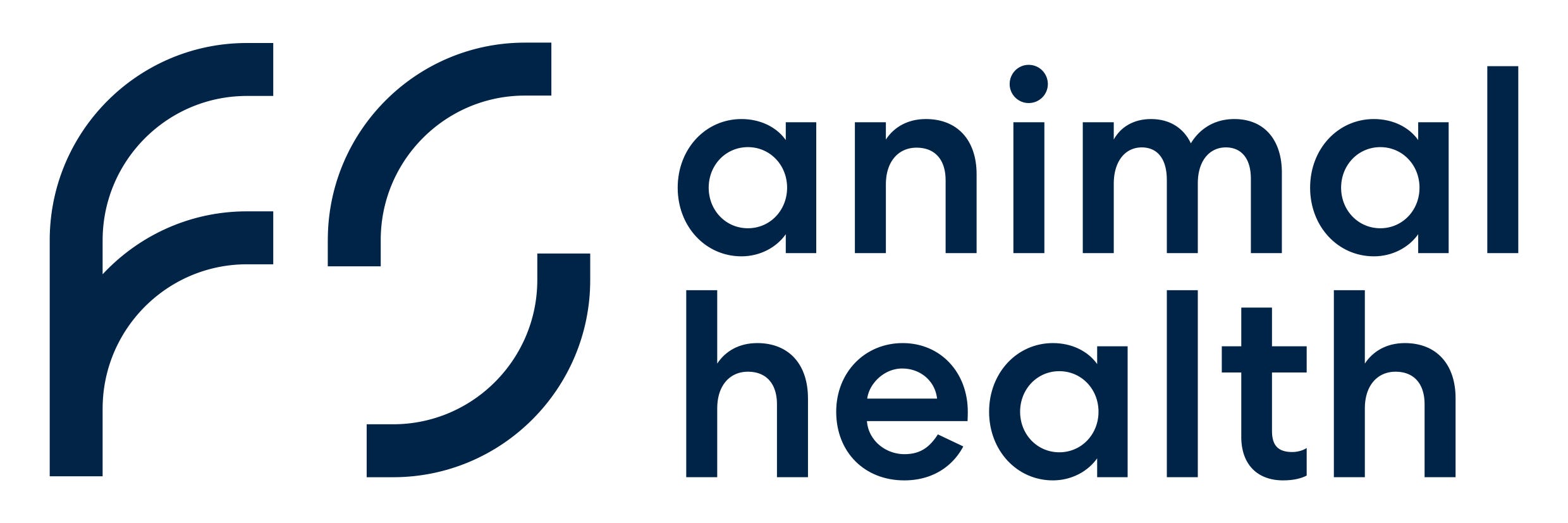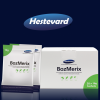What is Hestevard Pectizone?

What is Pectizone? Pectizone – Registered by Hestevard LLP
Pectizone® is a proprietary nutritional blend that has been developed by Hestevard. It is a scientifically formulated blend of Pectin, Lecithin and Fructo-Oligosaccharides.
Pectizone has been formulated specifically for use within some of our equine products to support the health of the gut and gut lining.
How does Pectizone work?
Pectizone is making its first appearance to the market in Hestevard’s latest product Profix +BIND (March 2022). With product development high on the agenda at Hestevard, Pectizone is set to appear in more digestive support nutraceuticals in the future.
As mentioned above, Pectizone is a balanced blend of Pectin, Lecithin and Fructo-Oligosaccharides. Read on to learn more about the constituent elements of Pectizone and the synergistic benefits it has for horses.
Nutritional Overview – What is Pectin?
Pectin is a soluble complex (fibre) derived from the cell wall of fruits and vegetables. It is mainly used as a gelling or thickening agent, as well as a stabiliser in food. For example, it is the pectin in fruit that makes jam and marmalade the consistency that we are all familiar with on our toast on a morning. Without pectin, jams would be a runny liquid, it would simply be a sugary syrup. It is the pectin in fruit that transitions the syrup to a thick almost set jelly like consistency. With each type of fruit containing different levels of pectin, you can vary the thickness of your jam – and extracting this pectin can have a dramatic effect when added to equine nutraceuticals such as Hestevard’s Profix +BIND.
Pectin binds substances together in the intestine, which in turn increases viscosity and volume of stools. It is for this reason that Pectin has a history of use to support animals struggling with issues with the digestive tract including diarrhoea.
Nutritional Overview – What is Lecithin?
Lecithin is a mixture of two naturally occurring phospholipids and can be derived from both animal and plant cell membranes. Initially discovered in egg yolks, lecithin can also be found in many other foods such as soybeans, milk, rapeseed, and sunflower oil.
Lecithin has been found to be present in a variety of biological matters such as venous blood (deoxygenated blood that traves from the peripheral vessels to the atrium), the lungs and the brain - hence the belief that is an essential component to the body.
The term Lecithin is used to denote any group of yellow/brownish fatty substances occurring in both animal and plant tissues which are amphiphilic. Amphiphilic compounds are both hydrophilic and lipophilic meaning they attract both water and fatty substances.
It’s ability to act as a natural emulsifier or lubricant is the reason that Lecithin is used for things such as smoothing food textures, encapsulation, and homogenizing liquid mixtures.
In the pharmaceutical industry Lecithin is used as a wetting and stabilizing agent, while it is also used in animal feed and nutraceuticals to enrich the fat and protein content of the feed and help during the manufacturing process to produce a consistent pellet.
Critically, Hestevard’s Pectizone - included within products such as Profix +BIND - benefit from the addition of Lecithin as it supports the horse by stabilizing the Phospholipid layer of its stomach. In an acidic environment, Lecithin immediately gets to work breaking down reactive phospholipids – and due to the nature of this process it creates a hydrophobic barrier between the stomach wall and the contents of the gut and protecting the mucosa.
Nutritional Overview – What are Fructo-Oligosaccharide?
Fructo-Oligosaccharides (FOS) are composed of short fructose chains which make up a type of carbohydrate called oligosaccharides. It occurs naturally in a wide variety of plants including onions, asparagus and bananas.
FOS are a non-digestible type of dietary fibre which also makes it a prebiotic. This is because as it travels through the small intestine to the colon without being digested, it supports the growth of existing beneficial bacteria in the digestive tract. Intestinal microflora in the lower gut will ferment FOS.
Fructo-Oligosaccharides are subtly sweet as they are often used as a natural type of sweetener. However, they are low-calorie and as they are non-digestible, they do not affect blood sugar levels. This makes them suitable for laminitic and calorie restricted horses.
Studies show that FOS also promote Calcium abortion - an essential element required in the contraction of muscles.
In Conclusion - What is the benefit of including Pecitzone in the diet of a horse?
As a balanced blend of Pectin, Lecithin and Fructo-Oligosaccharides, Hestevard’s Pectizone acts as both a binder and prebiotic plus it also enhances the uptake of nutrients.
The synergistic action of the Pectizone formula means that when given to a horse with digestive tract upsets, or to a horse following a course of antibiotics, you should expect to see a boost in energy and improved overall wellbeing due to its restorative effect on the digestive system.
The powerful nutraceutical blend Pectizone will quickly help foals and horses feel more internally balanced as it is effective at promoting optimum gut health and hence this blend has been specifically formulated for inclusion in the Hestevard range of equine digestive nutraceuticals.
Hestevard Profix +BIND is the first product which includes Pectizone, for more information on Profix +BIND visit www.hestevard.com or speak to your equine veterinary practice.


 Free Next Working Delivery on all orders over £75+VAT
Free Next Working Delivery on all orders over £75+VAT Bulk discount save more on large quantities
Bulk discount save more on large quantities 




